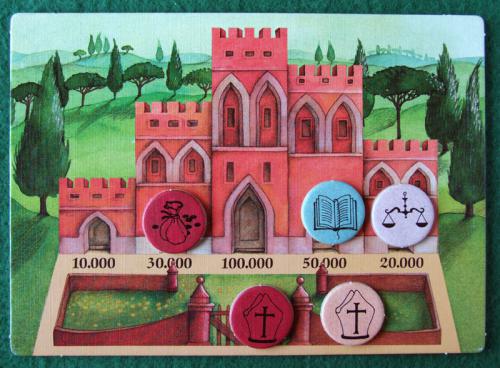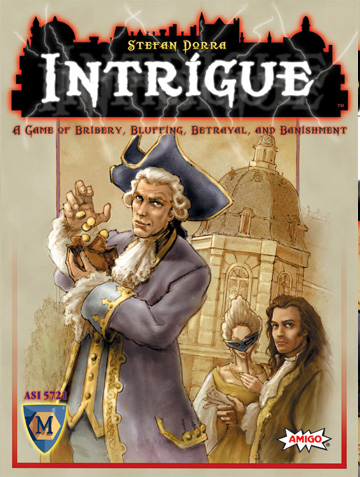
Image Credit:
Ricardo Christe Homsi
Last year I wrote a blog entry on games in the classroom. The general guist of the piece went something like this: teaching practices, especially the implementation of classroom games, seems to have stalled since the fast and loose days of Hangman and other such earth shattering innovations. This is all especially odd because games, as a field of thought, are undergoing something of a renaissance right now—and I’m not just talking about narrative advances and new, more immersive interfaces. No, I’m referring instead to a new, deeper awareness of what it is to be a player and how players relate to each other in a game space. This development has been going on for nearly 30 years, but has only recently started to make its way into anything approaching the main stream. And, better yet, many of the most critical advances in thought don’t require fancy visualizations to challenge their players. Most of these game spaces (and their educational properties) could be easily created in a physical space with just a few props. And yet, in classrooms everywhere we might as well be playing the same classroom games that our grandparents played. This seems a little sad. So, as I set out to revise my 309 class over winter break, I decided to build a space for a game. My class covers (well, “touches on”) the Rhetoric of Independence. It starts with a look at some basic tenets of philosophy and economics and moves through case studies which consider the founding Documents of the United States, the Civil War, the early muckraking journalists and right on through the marketing of the “indie” concept and the success of the crowd funding platform, Kickstarter.
This semester I altered my syllabus to include an extended discussion of debt and financial and economic dependency, and I wanted to find a way for students to get a hands-on understanding of some of the issue’s complexity. Since many games have their origins in economic game theory, it seemed like an appropriate place to look. And after investigating a few options, I decided to adapt Stefan Dorra’s cruel and unusual game, Intrigue.
Intrigue was originally published as a card game 1994. In it players take the roll of princely Italian families who attempt to farm out their family members to various lucrative positions and secure the most cash by the end of the game. It’s a curious game for many reasons, but perhaps chiefly because the players directly control the flow of money into the game—with the small caveat that they cannot give it to themselves. In other words, Intrigue is a game about gift giving. Its play generates a strange dance of obligations as negotiations that get more baroque with each passing turn.
However, the game itself wouldn't work in a classroom. For one, it would require me to find four or five copies of the game and would likely take too long to teach and moderate each group. So instead I decided to “blow up” the game. Rather than having players manage a little “family” of playing pieces, separated the players into families and had them act out the game as if it was a life-sized chess board. I made various labels for the different players and reshaped the class room to resemble the board. Now, a move like this might push the exercise a step too close to role-playing for my comfort. I wanted to maintain the game’s integrity so we spent a lot of time discussing strategy and I reminded the players that they needed to work as a team even if the game’s play would scatter the players around the classroom. After spending nearly half the class describing the rules and basic strategy we were ready to begin.
At first the class plunged into chaos. This was expected (as any classroom exercise where all 22 students are actively involved will generally produce a lot of noise and confusion), but soon the players became to organize themselves, almost without my intervention. Though the rules of the game are spartan, by the end an elaborate protocol had emerged, with the players inventing a whole system of rules organically. For instance, when negotiations would transpire between two parties, they would huddle and whisper so the other teams couldn’t interfere. One placed in their position, it was customary for the students to excuse themselves from any further discussions, and though I explicitly told them they were welcome to confer with their entire team. The students seemed to be developing an awareness of the impact of obligation and the limits of their own position’s independence.


